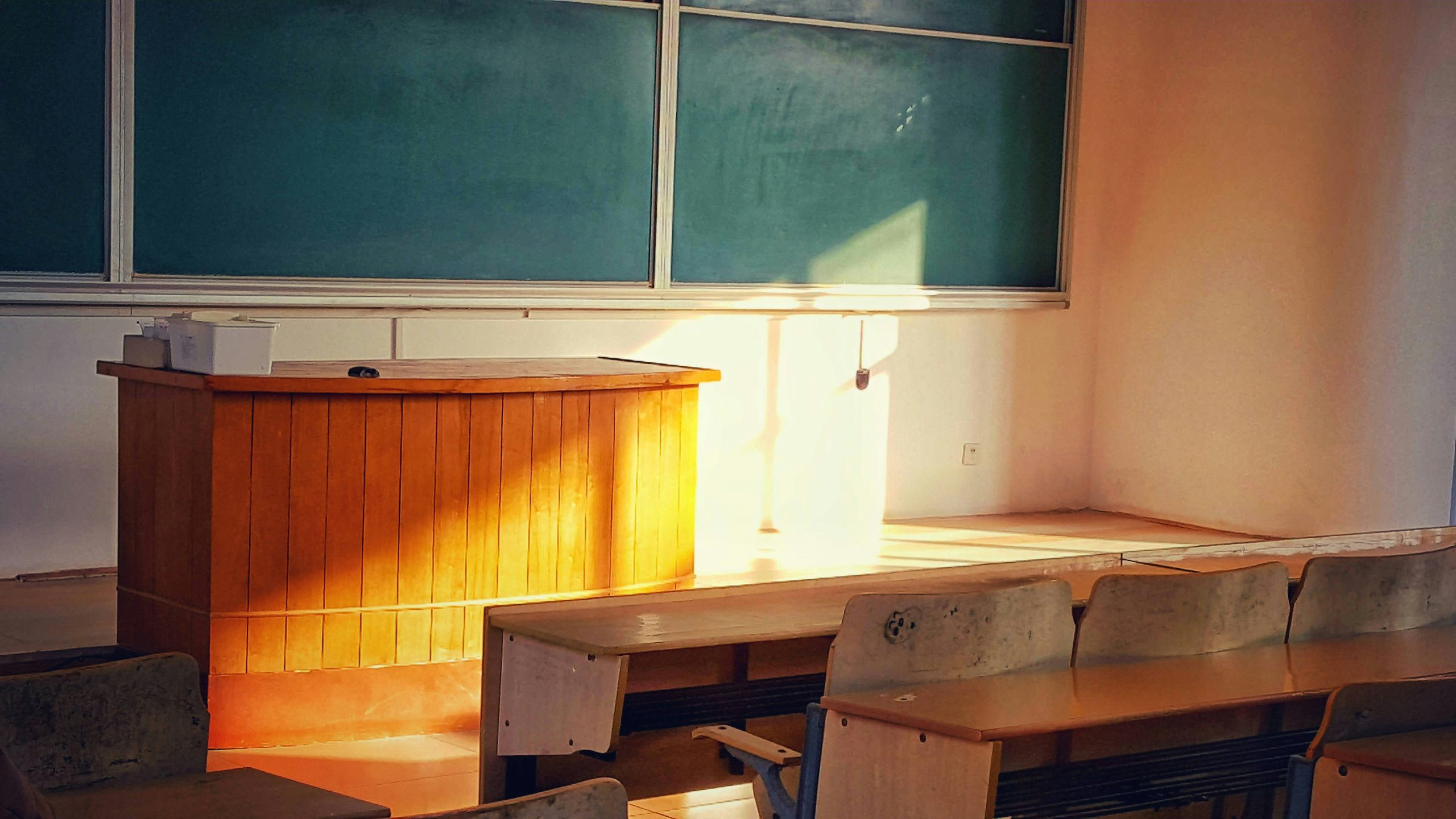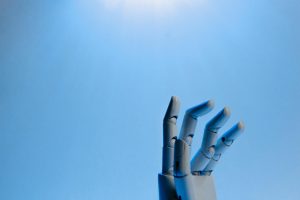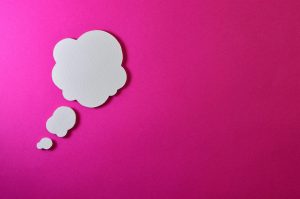The surprising history of our modern education system
The education system as we know it today has been shaped by centuries of history and evolving ideas. From the earliest forms of education, to the modern schools and universities we have today, the story of education is a fascinating one. But what may come as a surprise is that our modern education system is not as modern as we may think. In fact, its roots can be traced back to ancient times and has gone through many unexpected changes. Let’s take a closer look at the surprising history of our modern education system.
The Origins of Education
The concept of education as a formal process dates back to ancient civilizations such as Mesopotamia, Egypt, and Greece. In these societies, the purpose of education was to pass down knowledge and skills deemed necessary for survival and success in everyday life. Education was heavily influenced by religion and was primarily reserved for the elite class of society.
The Middle Ages saw a major shift in education as the Catholic Church took control of the educational system. Monks and priests were responsible for educating the youth, but education was limited to religious teachings and only for boys. It wasn’t until the Renaissance period that education began to expand beyond just religious subjects and was made available to both boys and girls.
The Rise of Public Education
It wasn’t until the 18th century that public education as we know it today began to take shape. The Industrial Revolution brought about a need for basic literacy and numeracy skills for the working class. Governments began to establish public schools to provide these skills, but education was still largely limited to the children of the working class.
In the 19th century, education reform movements emerged, advocating for compulsory education laws and a more standardized curriculum. This led to the development of state-funded education systems, making education accessible to all children regardless of class or gender.
The Progressive Era
At the turn of the 20th century, the Progressive Movement sparked a new approach to education. This movement emphasized a child-centered approach, focusing on the individual needs and interests of students rather than a one-size-fits-all model. The ideas of progressive education pioneers such as John Dewey and Maria Montessori laid the foundation for modern educational practices.
During this time, there was also a push for education to be more practical and prepare students for the workforce. This led to the rise of vocational schools and the integration of technology and practical skills into the curriculum.
The Modern Education System
In the 1950s and 1960s, there was a tremendous growth in the number of universities and colleges, thanks to the GI Bill and the Baby Boomer generation. This led to an increasing emphasis on higher education and the development of modern-day universities. Gradually, education became more focused on academic achievement and earning degrees, rather than practical skills and job training.
Today, our modern education system continues to evolve, influenced by technological advancements, changing job markets, and societal needs. Education is more accessible than ever before, with online learning and remote education becoming increasingly popular.
The Future of Education
As we continue to see rapid changes in technology and the job market, the future of education is uncertain. It is clear that new approaches to education, such as competency-based learning and personalized learning, will continue to emerge. The education system will also need to adapt to meet the needs of a diverse and constantly evolving society.
In Conclusion
The history of education is a dynamic one, shaped by social, cultural, and economic factors. From its humble beginnings in ancient societies to the modern education system we have today, education has undergone many transformations. As we continue to move forward, it is essential to understand the past and learn from it as we strive to improve and shape the future of education.











